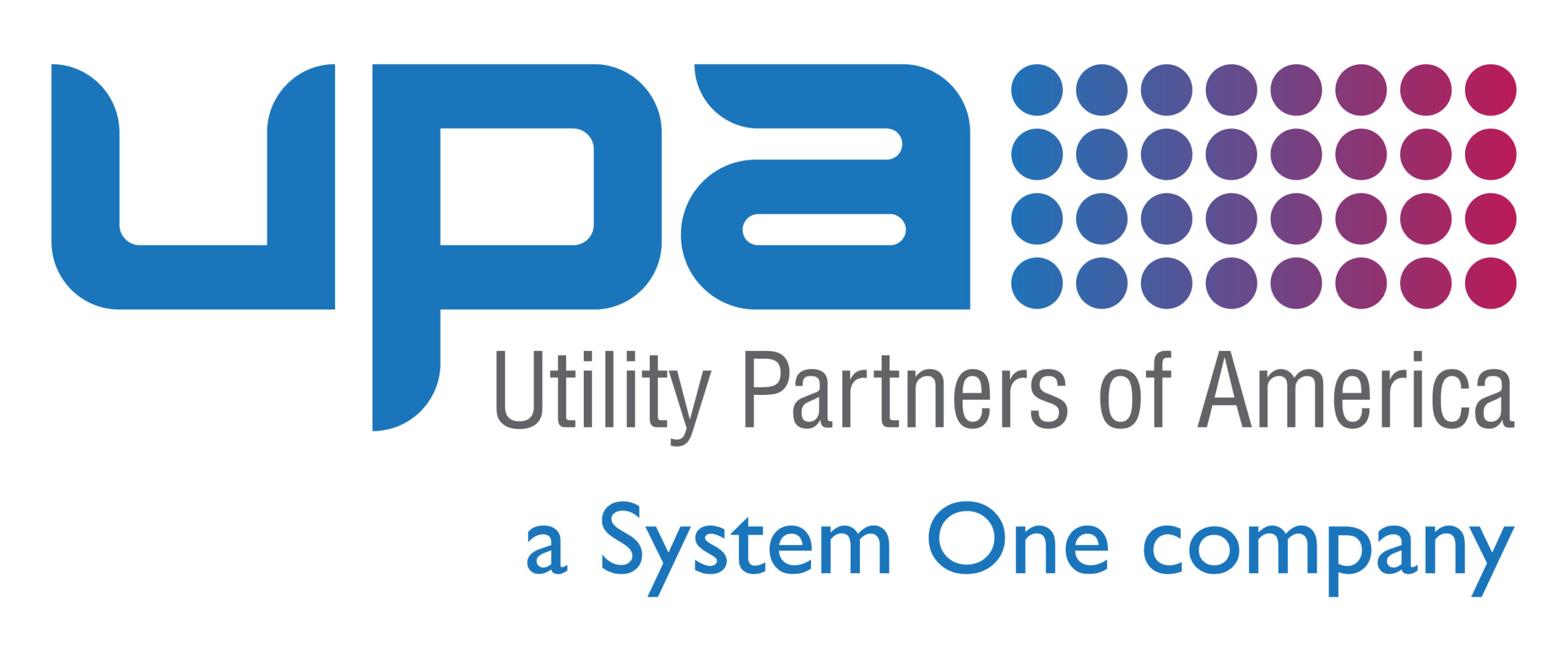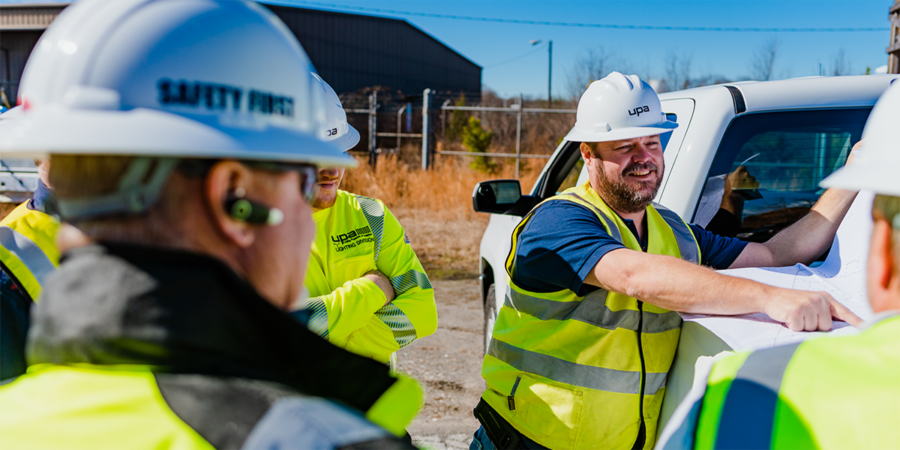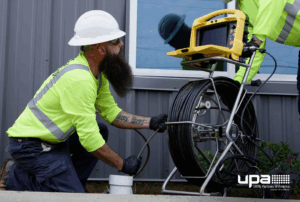According to the Electrical Safety Foundation International (ESFI), the median number of days away from work due to electrical injury was 10. That stat comes courtesy of data spanning the years 2003 through 2017 that ESFI sourced from the U.S. Bureau of Labor Statistics. That report revealed the sobering fact that the utilities and the construction industries require safe work practices and a disciplined culture of safety and compliance.
There are precautionary measures that a utility or a construction organization can take to lessen the chance of a job site injury. One of the most beneficial of those measures is holding regular safety meetings.
Read on for five ways to make your safety meetings more meaningful if you find that your crew seems disengaged.
Limit the length
The best way to keep workers from zoning out during a safety meeting is to avoid droning on. Studies show that the average person’s attention span is much shorter than you might think. Whether it’s a meeting at the start of a new project or a daily stand-up, it’s probably best to keep your meetings to 15 minutes or less. The last thing you want to do is have a meeting so long that the information stops resonating. Try to keep it focused on one topic in order to cut down on time.
Keep it interesting
Outside of length, making the meeting interesting. It may be the next most important way to make sure the content sticks with your staff. Planning on standing in front of a group and reading from a clipboard? Chances are the information won’t be well-received. If you happen to have access to A/V equipment, utilize that technology! Display photos or watch videos that relate to the topic of your talk. On the job site, printouts of photos can be equally as effective.
Another idea may be to invite someone who has suffered a job site injury. Have them come and talk to your group about their experience. Maybe there is something they wish they had done differently and could be important to share with others. Not only is this type of presentation engaging to watch, but it allows the employees to connect with the discussion.
Make it interactive
Mix up the ways that you talk about safety on the job site. Maybe make an interactive demonstration for the employees who are attending. Have someone lead a group inspection of tools or personal protective equipment (PPE) that the crew will be using. You could provide an example of a piece of faulty PPE. Pass it around the group so that everyone knows what to look and feel for in the future.
Be targeted with who you invite
A safety meeting involving hazards around intricate work that your electricians will be doing shouldn’t be attended by a group of plumbers. By keeping your audience small and limited in scope, you’re likely to eliminate distractions from those who either don’t want to be there and/or don’t need to be there.
If you’re keeping your safety meeting invitations to a targeted group but still finding there are ample distractions, try splitting up the meeting into multiple sessions. This keeps meetings small and intimate, which helps with the retention of information and removing excess chatter.
Save time for Q&A and open discussion
Even though it’s vital that you keep the safety meeting short, you must still leave time for employees to ask any questions. If one person has a question, chances are that someone else has the same question, but they may be too shy to ask. If you don’t receive any questions, encourage employees to speak with you privately. They would probably feel more comfortable going that route.
This is also a good time to offer up the floor to someone who may wish to share an anecdote about safety with the rest of the group. Those first-hand accounts are meaningful and an excellent way to up the engagement level in a safety meeting.
At Utility Partners of America (UPA), we’re big believers in the value of safety meetings and would love to talk more about the lessons we’ve learned in working with utilities and energy co-ops. If your company is interested in partnering with UPA, contact us today.




